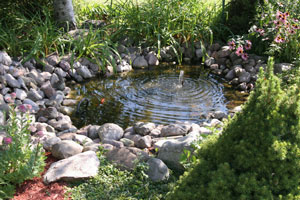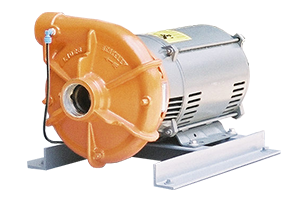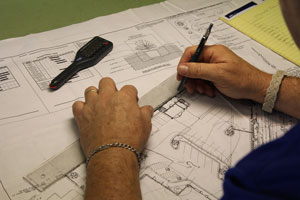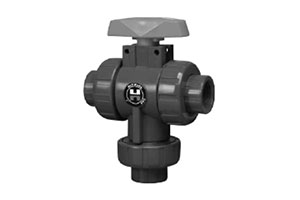
Having a pond or a water feature in your back yard is relaxing and adds charm to most any property. Ponds are also versatile. You can stock them with fish and beautiful aquatic plants or simply enjoy their restful and decorative effect. However, one of the few problems commonly associated with backyard ponds is losing water. While some evaporation is to be expected, a rapid decline in the water level can be a symptom of a more serious problem. Losing water in your pond can also be expensive and put your fish and aquatic plants at risk.
Why is my pond losing water?
- There’s a leak in your pond plumbing. While a pond may look natural, it actually operates with a plumbing system that circulates the water and allows you to add water easily. If leak develops in a pipe or fitting, your water level will decline.
- There’s a leak in your pond liner. Some ponds use a soft vinyl liner; others have a hard shell liner. Either way, if this liner is punctured, you’ll start losing water out of your pond.
- The edges of your pond liner have become unattached. Many pond liners are secured by tucking the edges of the liner underneath rocks that line the perimeter of the pond. If one or more of these rocks becomes dislodged, water can escape from the pond into the ground surrounding the pond.
If you notice your pond losing more water than can be explained by evaporation, you need to have a pond specialist evaluate the situation. Ignoring the problem can not only cost you extra dollars on your water bill, but also can cause your fish and pond plants to suffer and even die. To learn more about keeping your pond from losing water and/or repairing an existing leak, contact W.P. Law, Inc. We’ve built our company on finding economical solutions to our customer’s problems.











